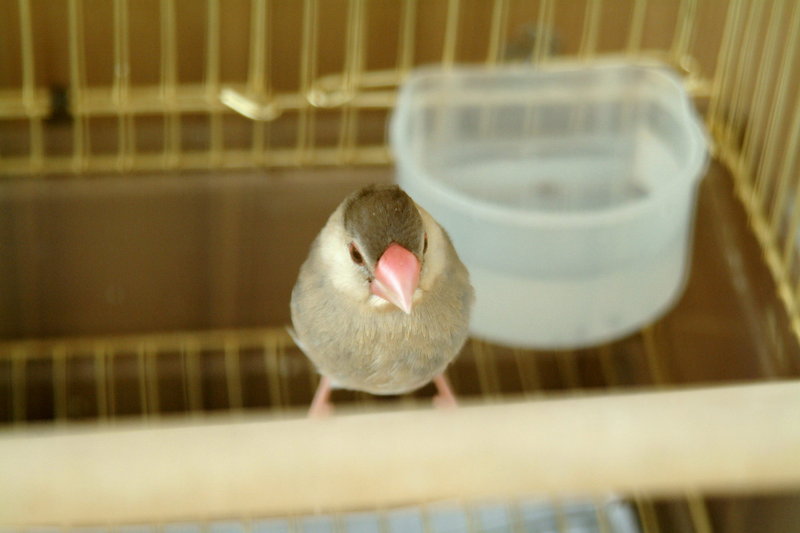|
| Query: bird | Result: 2650th of 32675 | |
문조 Padda oryzivora (Java Sparrow)
| Subject: | 문조 Padda oryzivora (Java Sparrow)
| | Poster: | Jinsuk Kim (kusnij@naver.com)
| |

| Resolution: 2268x1512
File Size: 462717 Bytes
Date: 2005:05:15 10:39:06
Camera: FinePixS2Pro (FUJIFILM)
F number: f/4.0
Exposure: 10/10000 sec
Focal Length: 8400/100
Upload Date: 2005:05:20 16:18:29
|
대전동물원
문조(Java Sparrow)
문조의 고향은 자바, 수마트라, 보르네오인데 그곳에서 자바참새(Java Sparrow)로 불리던 새이다. 야생의 문조는 우리나라의 참새처럼 벼농사에 해를 끼치던 새였으나 사육해 기르면서 점차 품종이 개량되어 지금은 인기있는 애완동물이라 할 수 있다. 비록 고온다습한 기후가 문조의 원산지, 즉 고향이지만 추위에도 비교적 강하고 튼튼한 새이다.
문조의 종류
(1) 백문조(White Java Sparrow)
온 몸이 백색의 깃털로 덮혀 있고, 부리는 광택이 있는 분홍색이다.
(2) 보통문조(Java Sparrow)
문조의 원종으로 머리는 검은색이고 양쪽 볼에 흰색의 큰 반점이 있다. 깃털의 색깔은 가슴과 등은 진한 회색이고 배 밑 부분은 연한 갈색을 지닌다.
(3) 회색문조(Cherry Java Sparrow)
보통문조와 백문조 사이에서 태어난 회색문조는 깃털의 색깔이 보통 문조와 유사하여 구별이 조금 어렵지만 전체적으로 깃털의 색깔이 흐리다. 가슴 부위에 흰얼룩무늬가 있어 색문조 또는 벚꽃문조(Cherry Java Sparrow) 라고 한다.
문조의 특징
문조의 성격은 다소 거친 편이지만 체질이 튼튼해 기르기가 쉽다. 그러나 성격이 까다롭고 날카로운 면이 있어 다른 새와의 동거는 피하도록 한다.
글: 펫시티 (http://www.petcity.co.kr/)
|
Comments |
|---|
| | Guest |
|
Scientific Name: Lonchura oryzivora (Linnaeus, 1758)
Common Names: Java Sparrow, Java Finch, Java Rice Bird, Paddy Bird
French: Padda de Java, , Spermète de Java; German: Reisamadine; Spanish: Capuchino arrocero de Java
Taxonomy: Loxia oryzivora Linnaeus, 1758, “Asia and Ethiopia” = Java.
Synonyms: Padda oryzivora (Linnaeus, 1758) |
^o^
Animal Pictures Archive for smart phones
^o^
|
|
|

